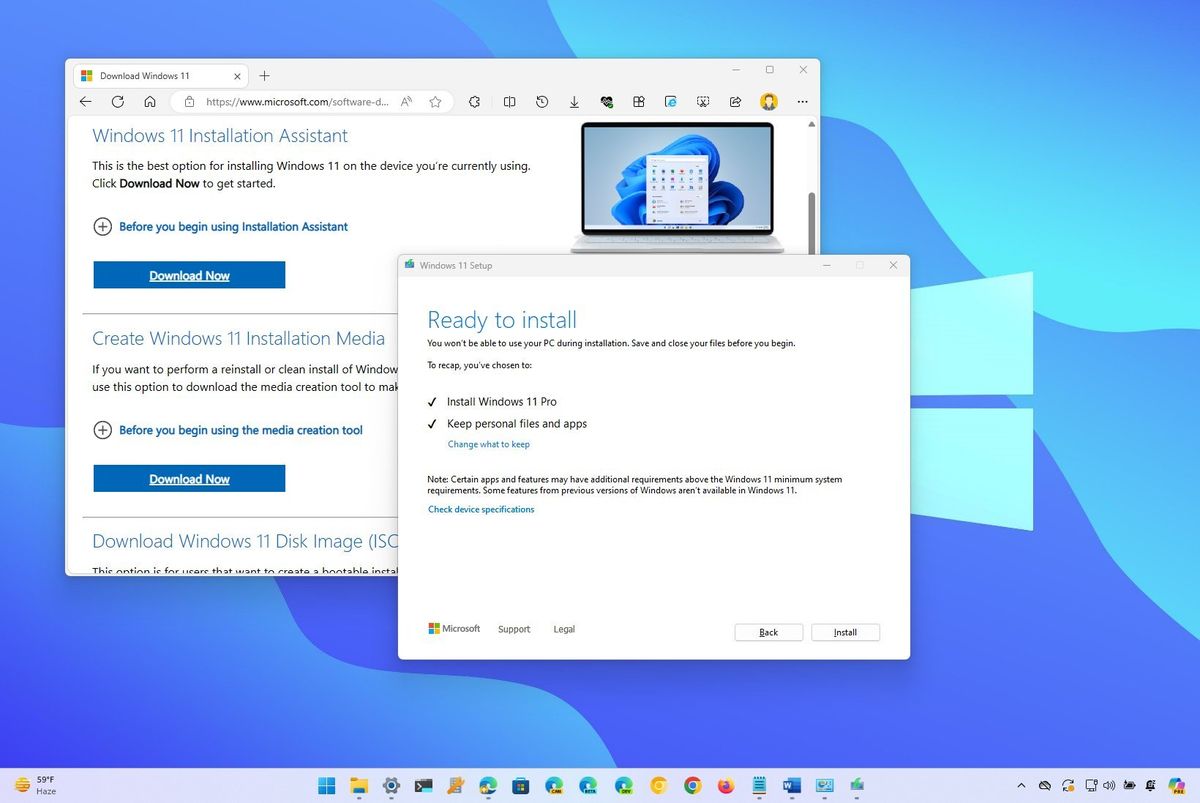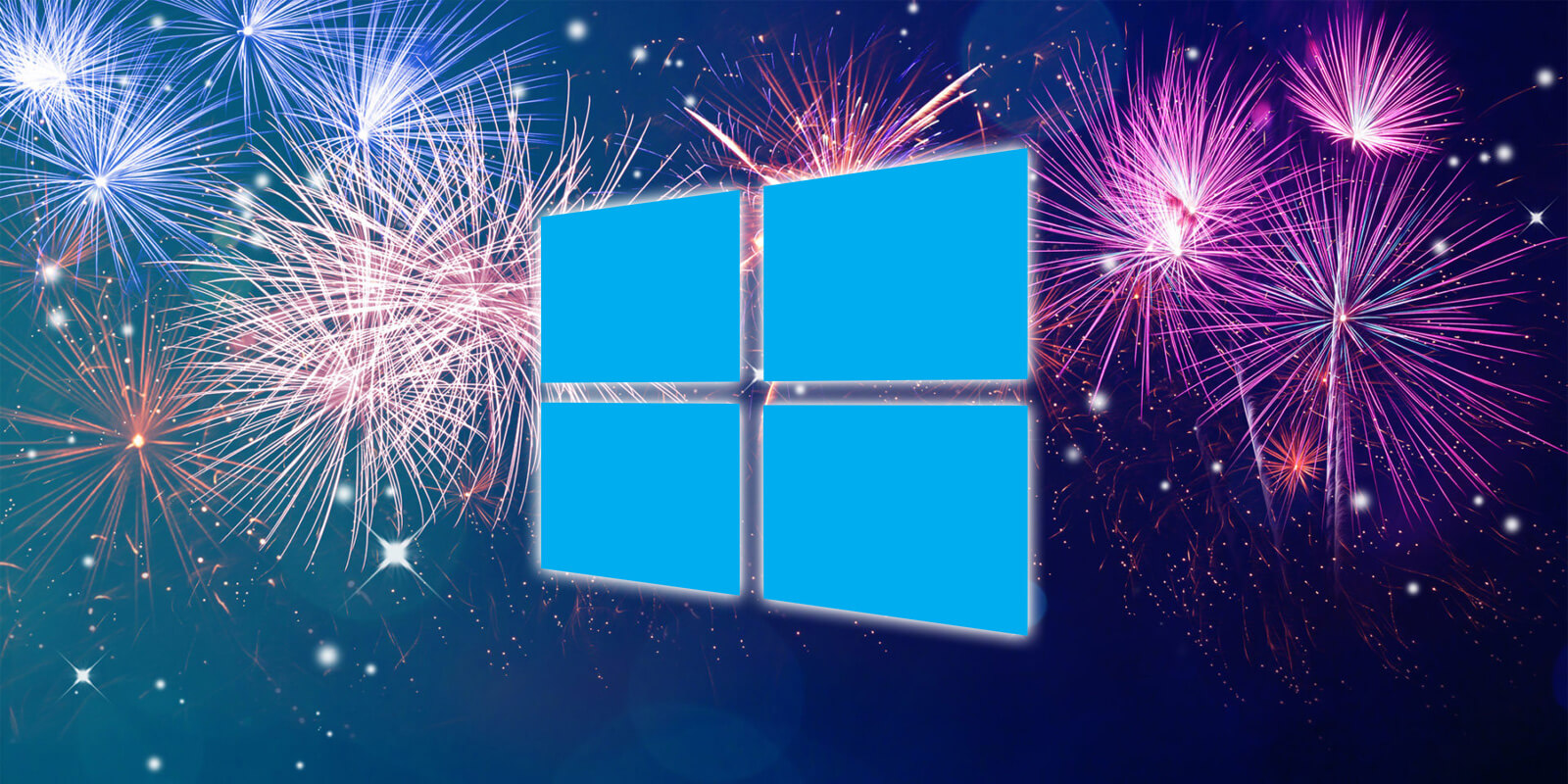How to Check for Windows Updates Manually: A Step-by-Step Guide
Keeping your Windows operating system up to date is crucial for security, performance, and access to the latest features. While Windows typically updates automatically, there are times when you may need to check for updates manually. Whether you’re troubleshooting an issue, preparing for a major update, or simply ensuring your system is current, this guide will walk you through the process.
In this article, we’ll cover everything you need to know about manually checking for Windows updates, including why it’s important, step-by-step instructions, expert tips, and answers to common questions. Let’s dive in!

Why Manually Checking for Windows Updates Matters
Windows updates are more than just feature enhancements—they often include critical security patches that protect your system from vulnerabilities. According to a 2022 report by Statista, over 1.5 billion devices worldwide run on Windows, making it a prime target for cyberattacks. By manually checking for updates, you ensure your system stays secure and optimized.
Real-World Example:
In 2017, the WannaCry ransomware attack exploited unpatched Windows systems, affecting over 200,000 computers across 150 countries. Many of these systems could have been protected with a simple update.
How to Check for Windows Updates Manually
Step 1: Open Windows Settings
- Click on the Start Menu (Windows logo) in the bottom-left corner of your screen.
- Select the Settings icon (shaped like a gear).
Pro Tip: You can also press Windows Key + I to open Settings directly.
Step 2: Navigate to the Update Section
- In the Settings menu, click on Update & Security.
- Select Windows Update from the left-hand sidebar.
Step 3: Check for Updates
- Click the Check for Updates
- Windows will now search for available updates.
What Happens Next?
- If updates are found, they will begin downloading automatically.
- If no updates are available, you’ll see a message confirming your system is up to date.
Step 4: Install Updates (If Available)
- Once the updates are downloaded, click Install Now.
- Your system may need to restart to complete the installation.
Expert Insight:
According to Microsoft MVP and IT expert, John Smith, “Manually checking for updates is especially important before major system changes, like installing new software or hardware. It ensures compatibility and reduces the risk of conflicts.”
Advanced Tips for Managing Windows Updates
1. Schedule Updates for Convenience
If you don’t want updates to interrupt your work, you can schedule them:
- Go to Settings > Update & Security > Windows Update > Advanced Options.
- Under Active Hours, set the times when you typically use your device.
2. Use the Windows Update Troubleshooter
If you encounter issues while updating, Microsoft provides a built-in troubleshooter:
- Go to Settings > Update & Security > Troubleshoot > Additional Troubleshooters.
- Select Windows Update and run the troubleshooter.
3. Enable Optional Updates
Some updates, like driver updates, are optional but can improve performance:
- In the Windows Update section, click View Optional Updates.
- Select the updates you want to install.
Common Questions About Windows Updates
1. How Often Should I Check for Updates?
While Windows checks for updates automatically, it’s a good idea to manually check once a month or before major system changes.
2. What If My Update Fails?
If an update fails, try these steps:
- Restart your computer and try again.
- Run the Windows Update Troubleshooter.
- Free up disk space if your storage is full.
3. Can I Skip Updates?
Skipping updates is not recommended, as they often include critical security patches. However, you can pause updates temporarily:
- Go to Settings > Update & Security > Windows Update > Advanced Options.
- Select Pause Updates for up to 35 days.
Conclusion
Manually checking for Windows updates is a simple yet powerful way to keep your system secure and running smoothly. By following the steps outlined in this guide, you can ensure your device is always up to date with the latest features and security patches.
Remember, staying proactive about updates not only protects your data but also enhances your overall computing experience. So, take a few minutes today to check for updates—it’s a small effort with big rewards.
Qusrion/Answer
Q1: How do I know if my Windows is up to date?
A: Go to Settings > Update & Security > Windows Update. If your system is up to date, you’ll see a message confirming this.
Q2: Can I check for updates without an internet connection?
A: No, you need an active internet connection to check for and download updates.
Q3: What’s the difference between quality updates and feature updates?
A: Quality updates include security patches and bug fixes, while feature updates introduce new functionalities and major improvements.
Q4: How long does it take to install Windows updates?
A: The time varies depending on the size of the update and your internet speed. Most updates take 15-30 minutes to install.


With years of experience in technology and software, John leads our content strategy, ensuring high-quality and informative articles about Windows, system optimization, and software updates.













![7 Common Windows 10 Errors And How To Fix Them [2020] - TechDipper](https://windows12download.com/wp-content/uploads/2023/04/Windows-10-Errors-300x169.jpg)

Post Comment
You must be logged in to post a comment.